What is the difference between a new energy vehicle chassis and a traditional car? There are many significant differences between the chassis of a new energy vehicle and a conventional vehicle chassis:
Power system structure:
Traditional automobile chassis consists of four major systems: transmission system, driving system, steering system and braking system, the core task is to support and install the engine and its various components, and effectively transfer the engine power; the core sub-systems of new energy automobile chassis include the main energy system, electric power drive system and energy management system.
Component arrangement and flexibility:
The energy of traditional vehicles is transmitted through rigid couplings and rotating shafts, and the arrangement of components is limited by the position of the engine, clutch, transmission, etc.; new energy vehicles adopt flexible wires for energy transmission, and the arrangement of components is more flexible.
Intelligent and electronic:
Traditional automobile chassis is dominated by mechanical systems, with a lower degree of intelligence. New energy vehicle chassis: more electronic auxiliary systems are integrated, such as wire-controlled steering, wire-controlled braking, etc., which provides the basis for realising the automatic driving function.
What is the difference between a new energy vehicle chassis and a traditional vehicle? The chassis of a new energy vehicle is significantly different from that of a traditional vehicle in terms of the structure of the power system and the flexibility of component arrangement.


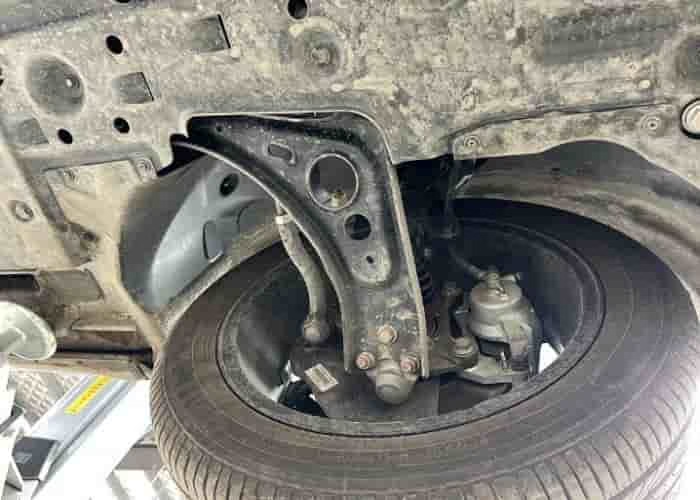
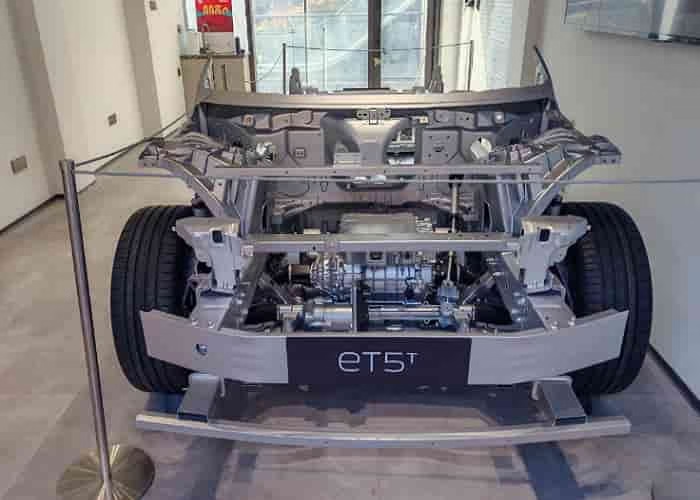
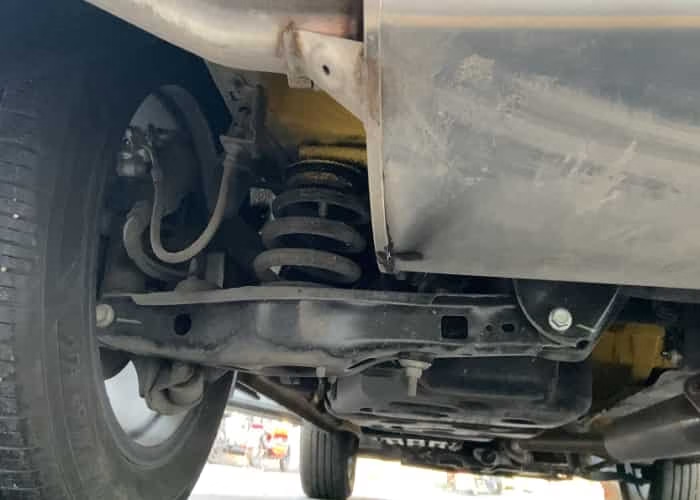
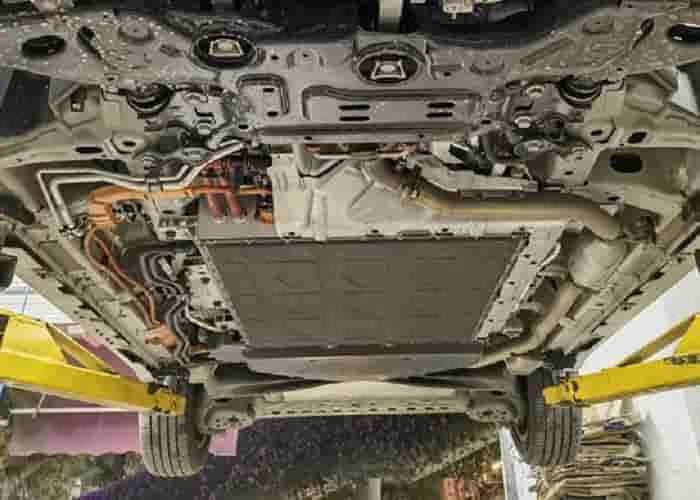
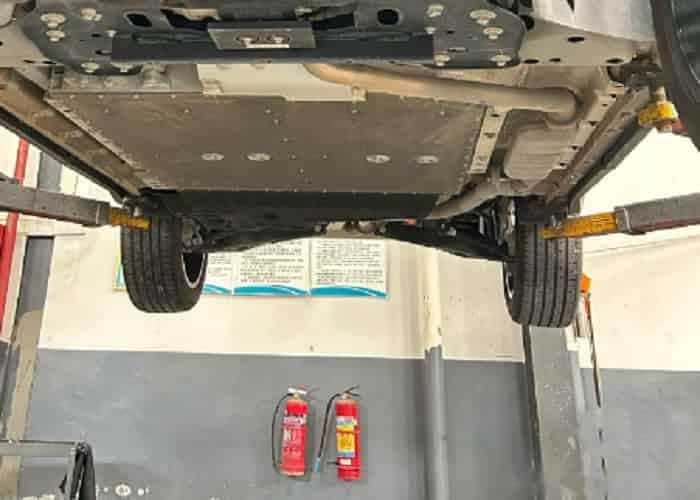
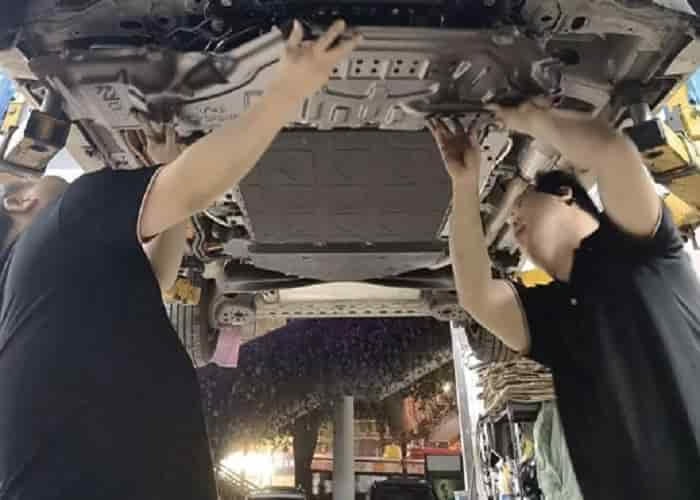

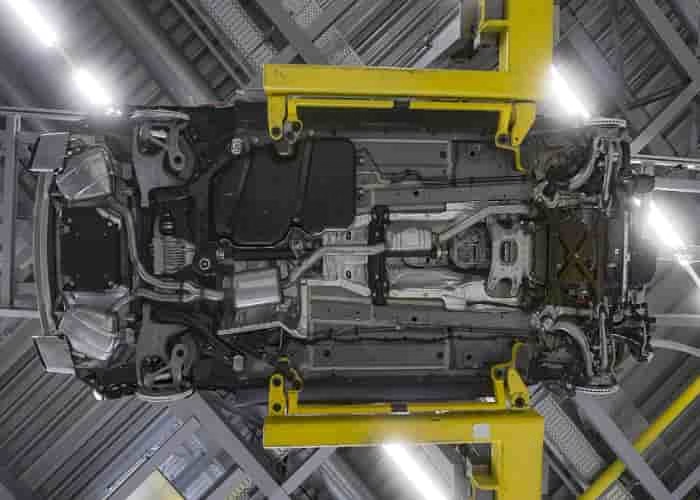
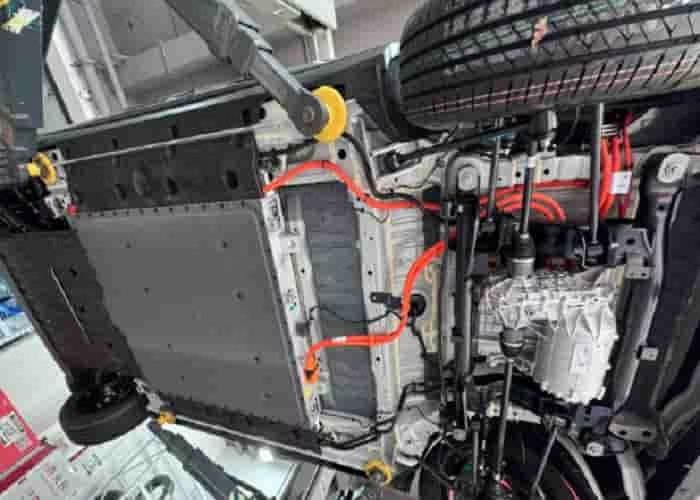
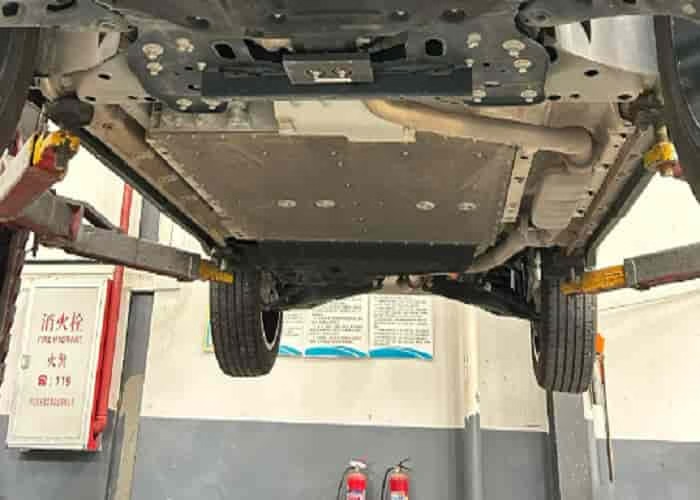




Leave a Reply